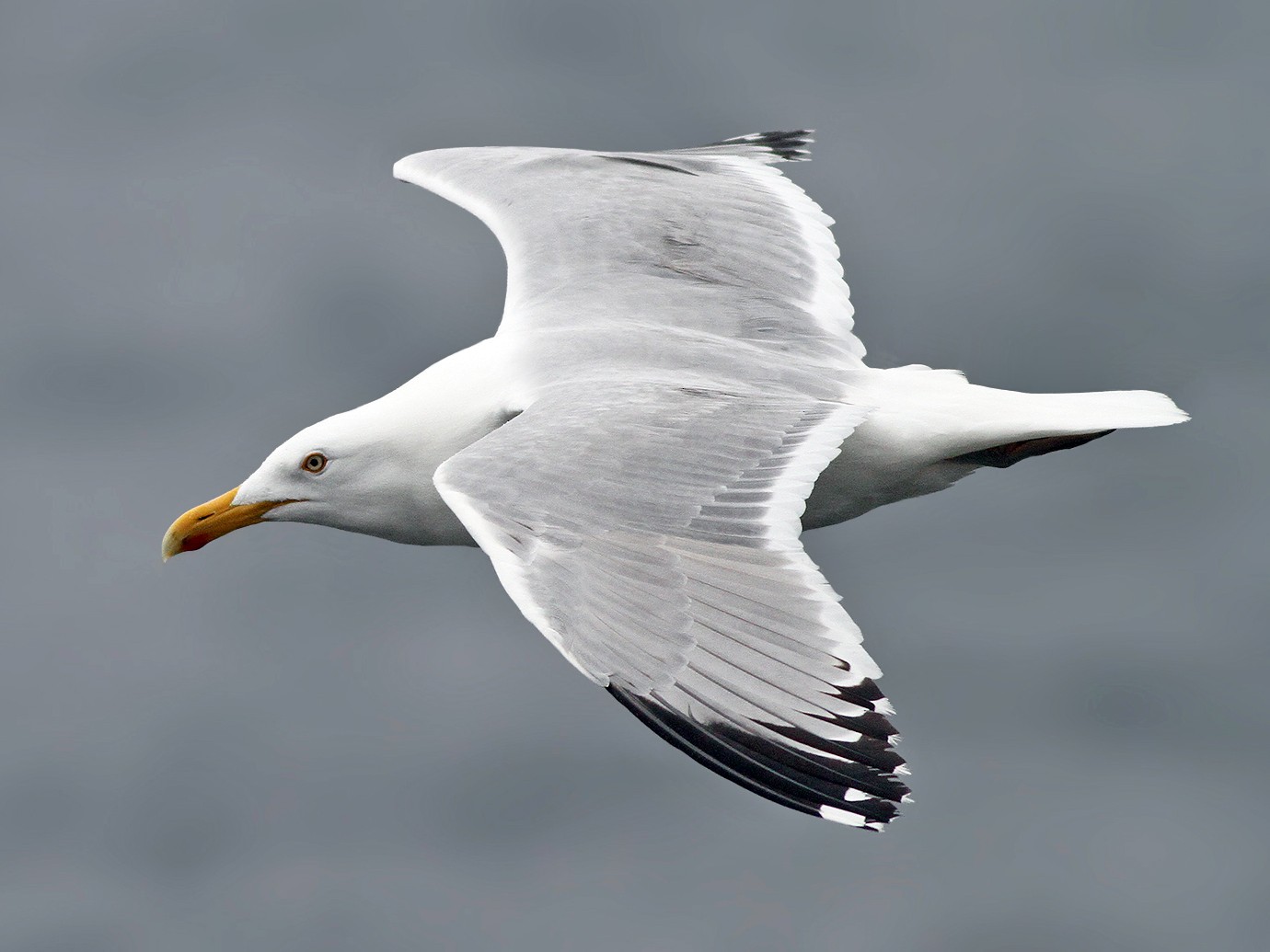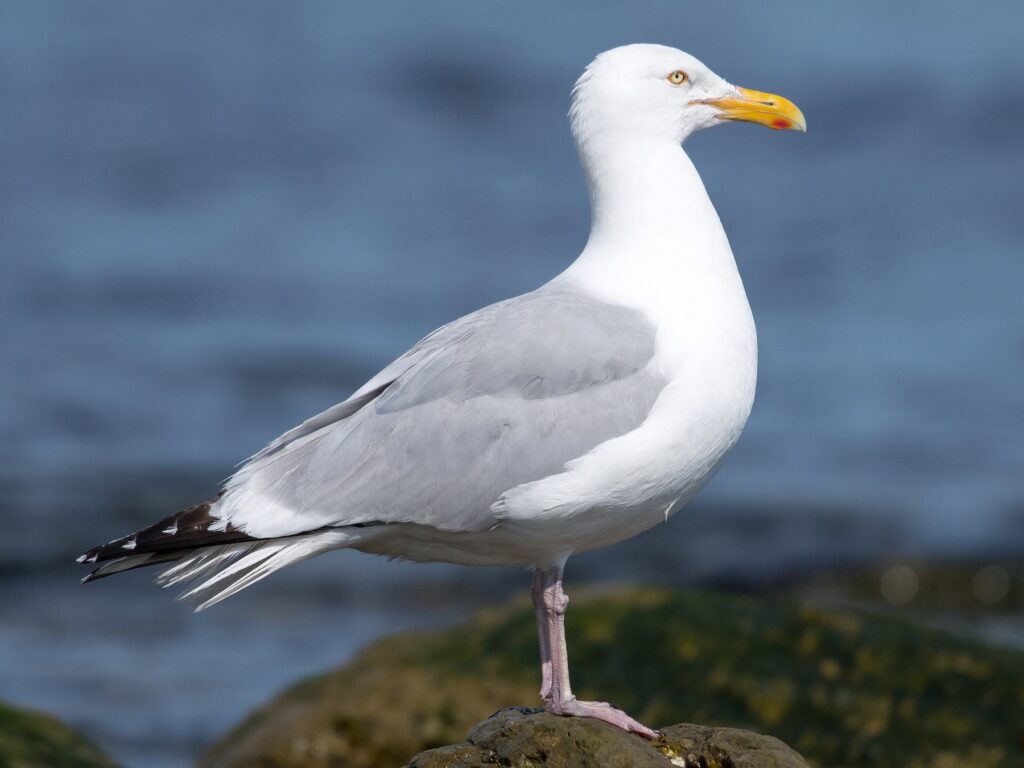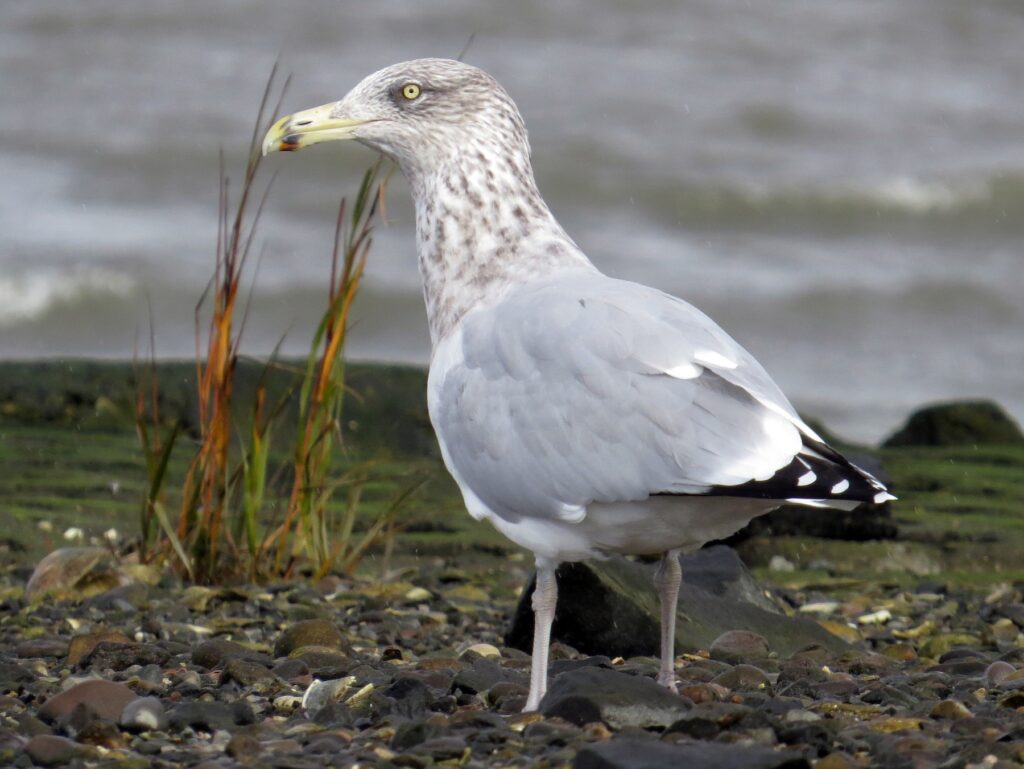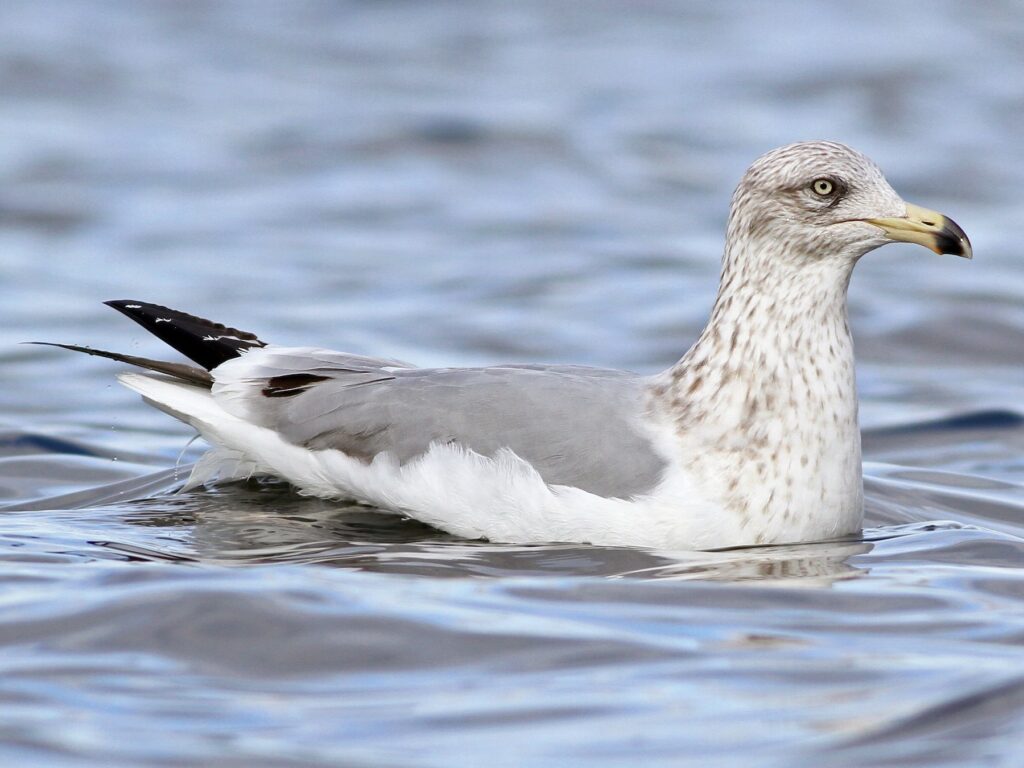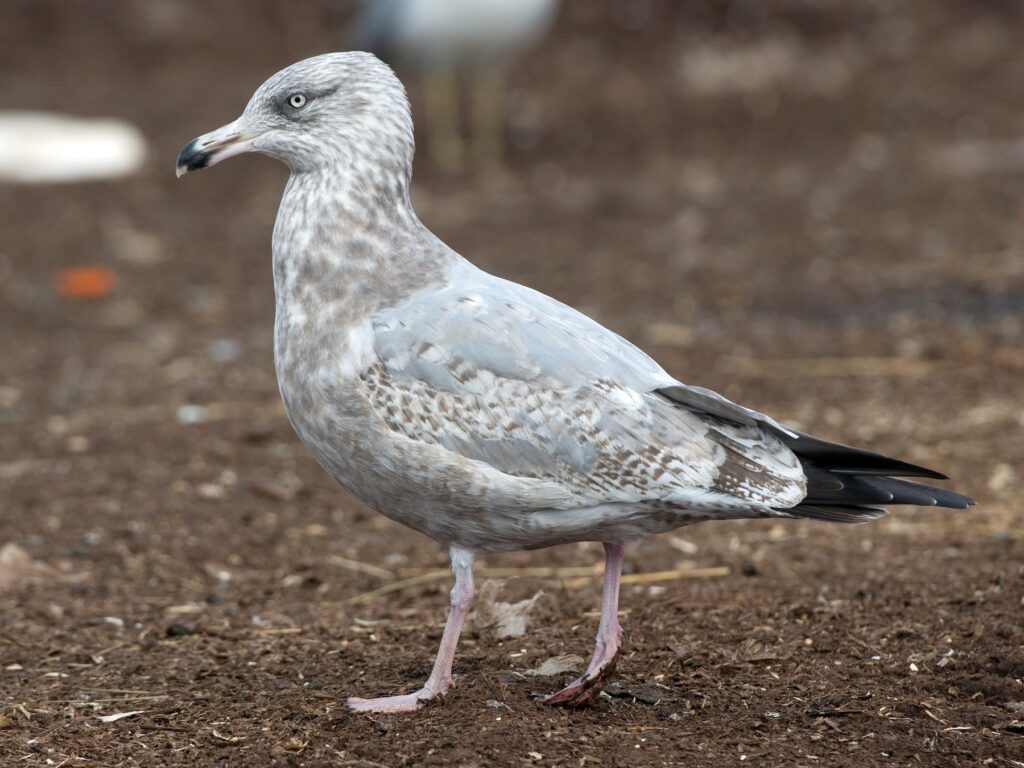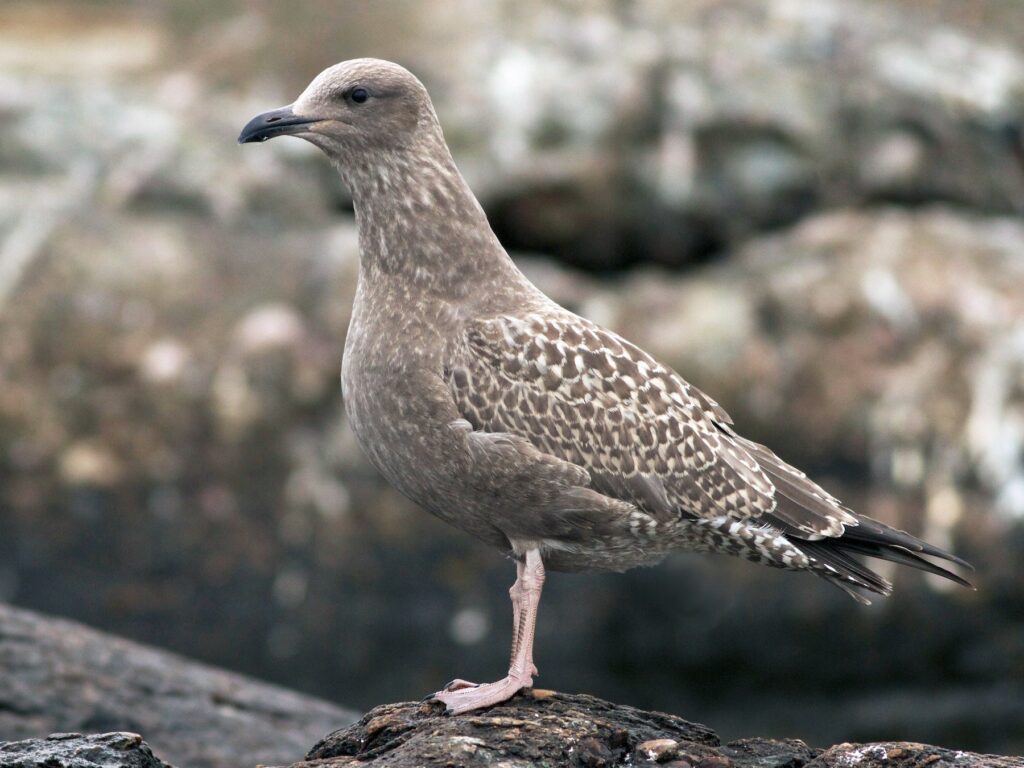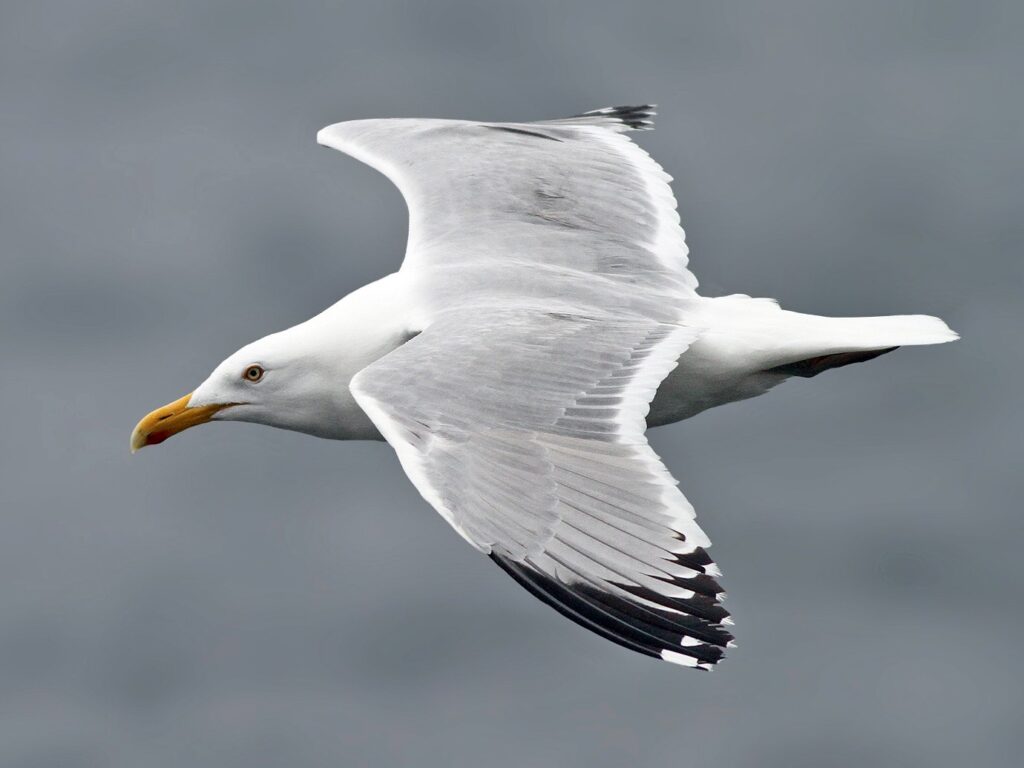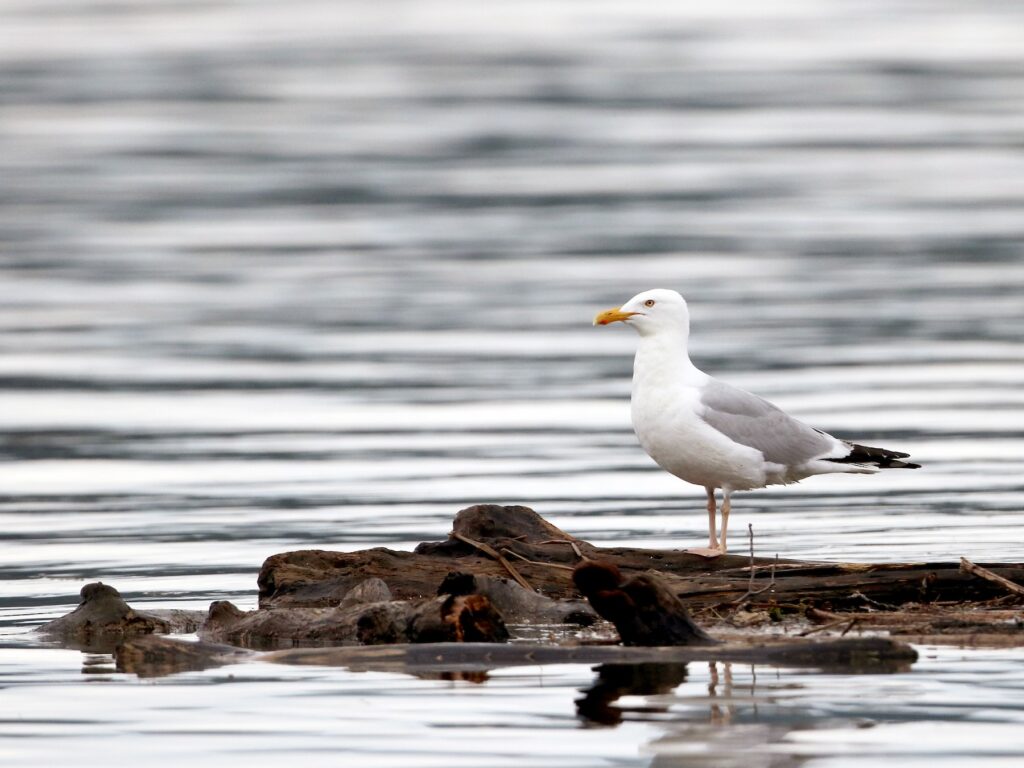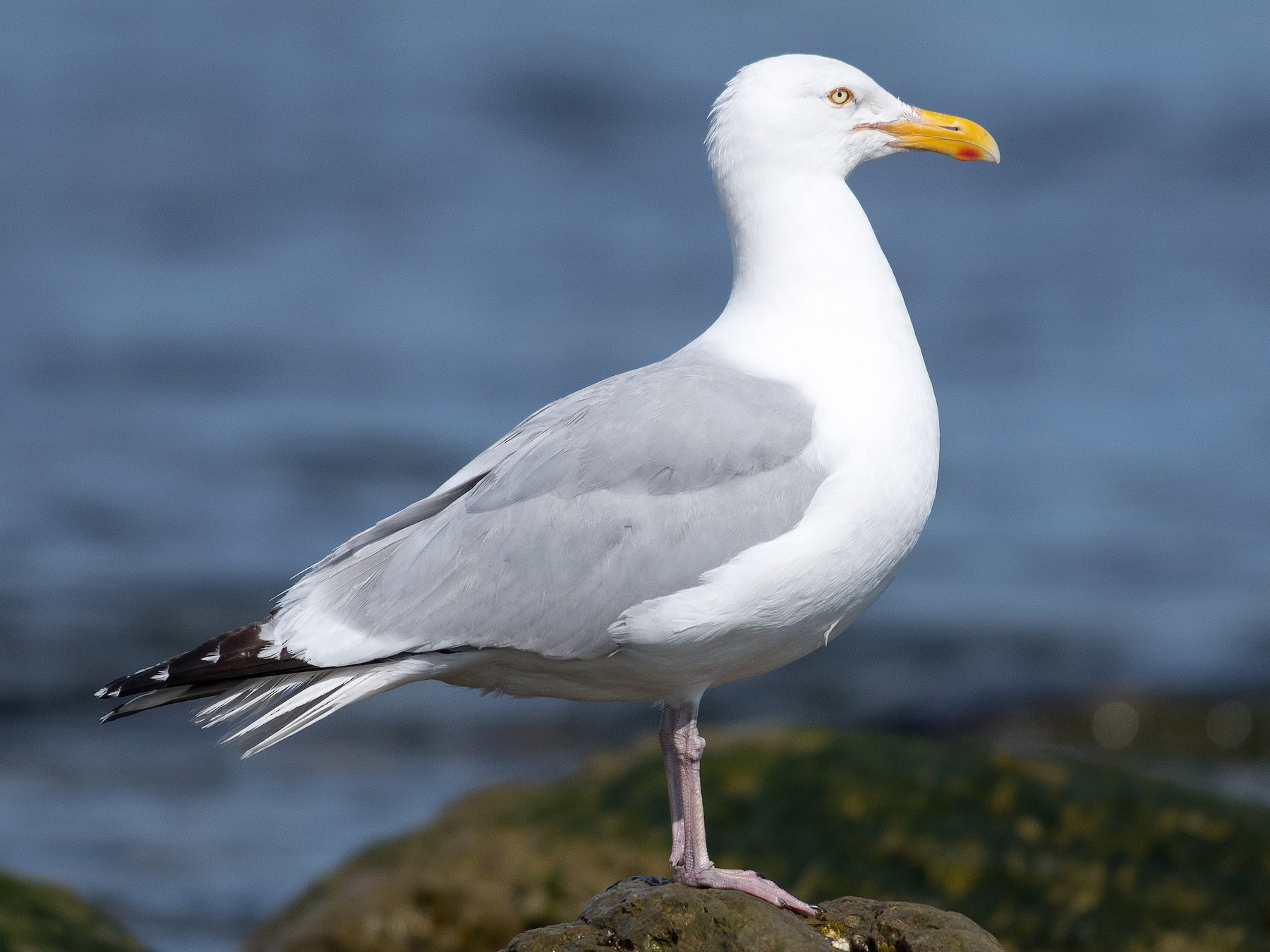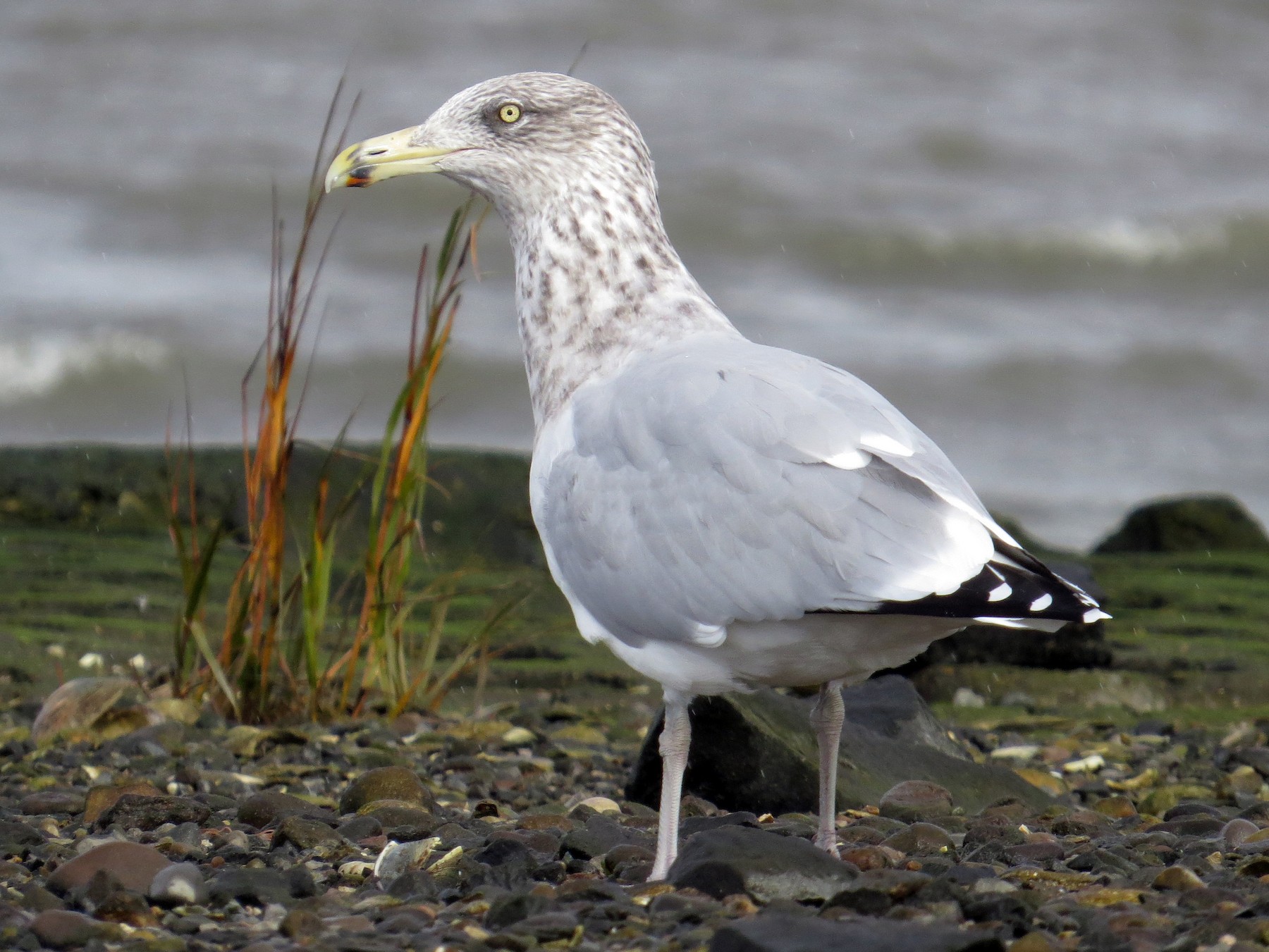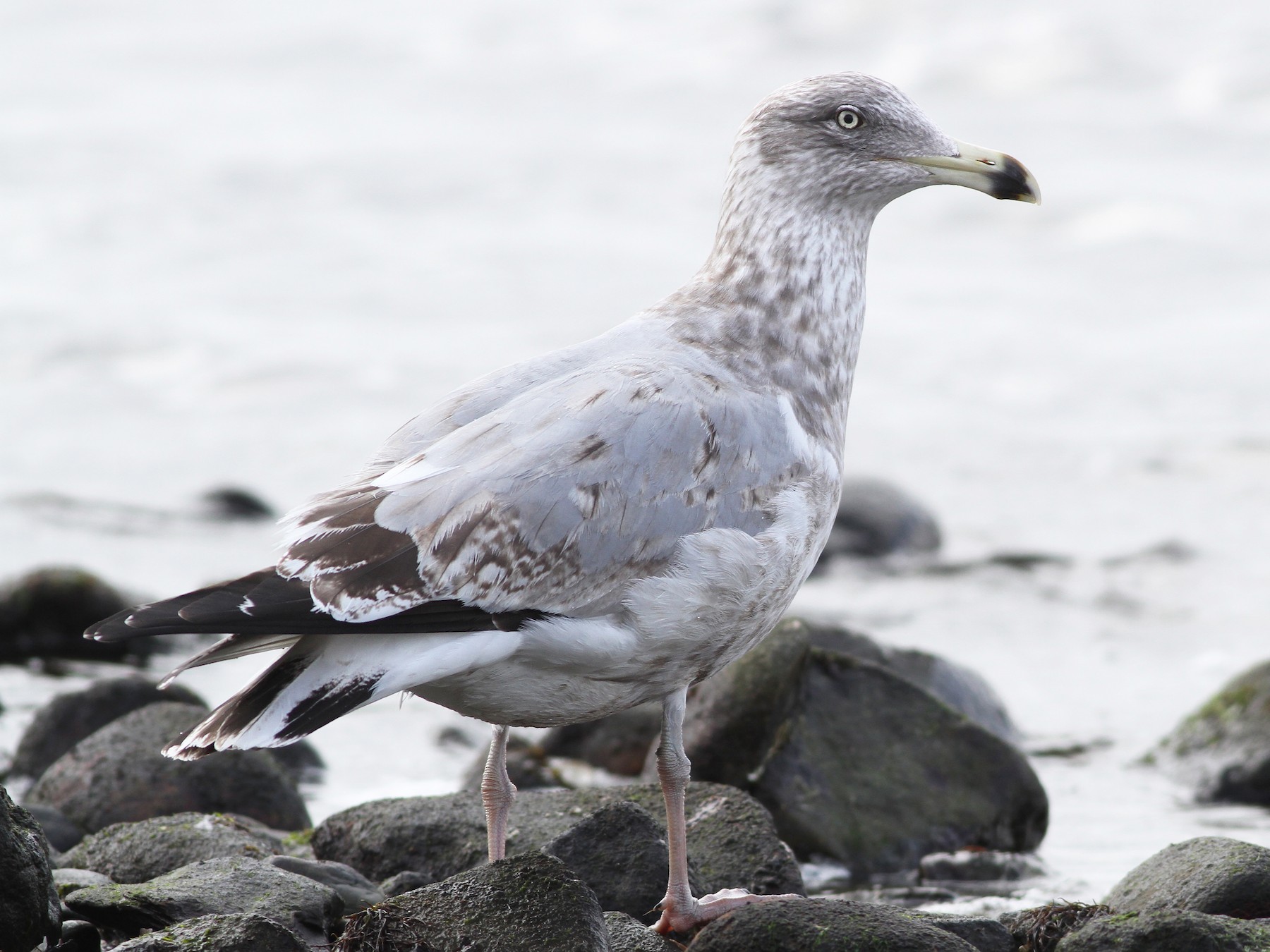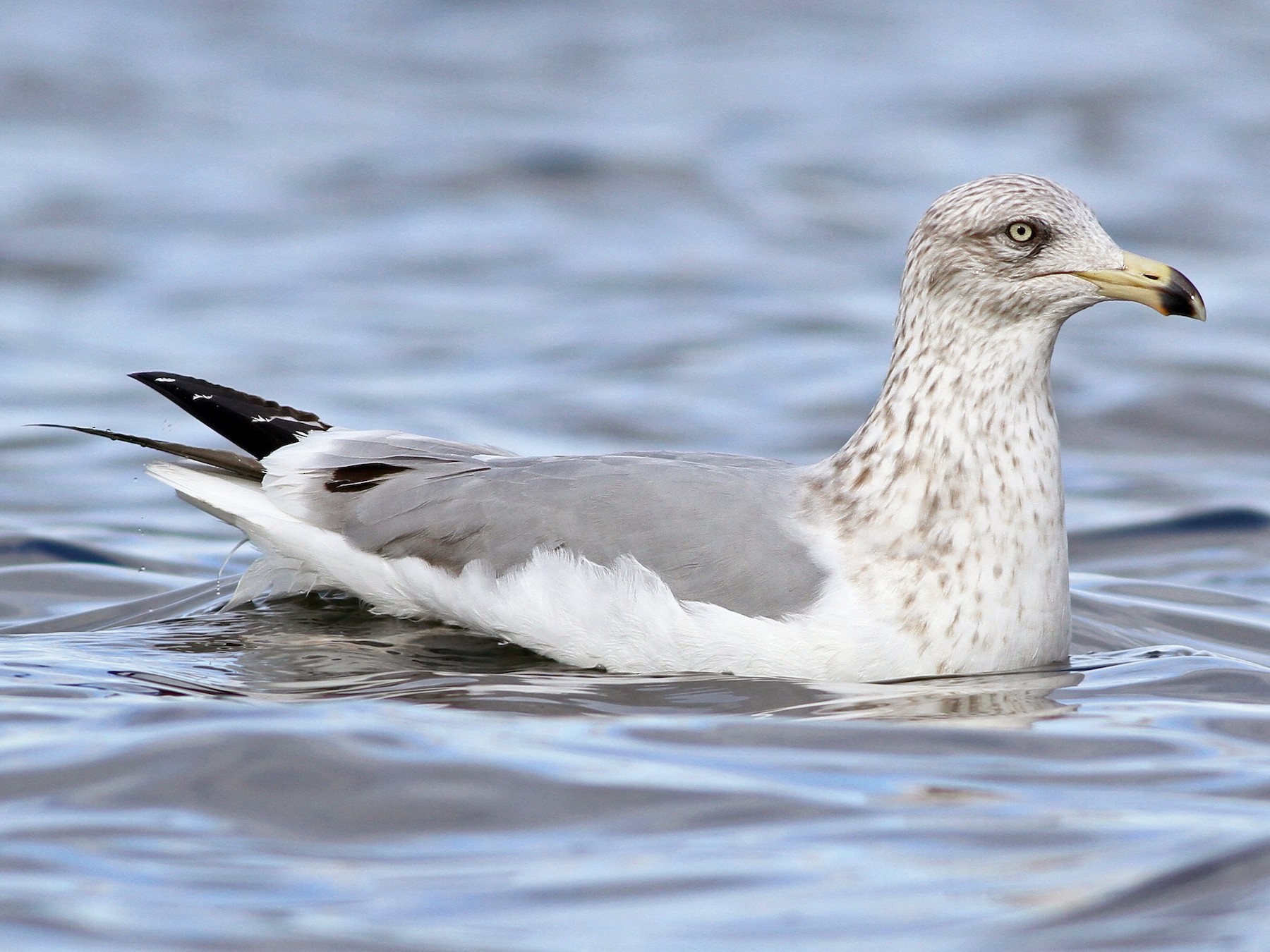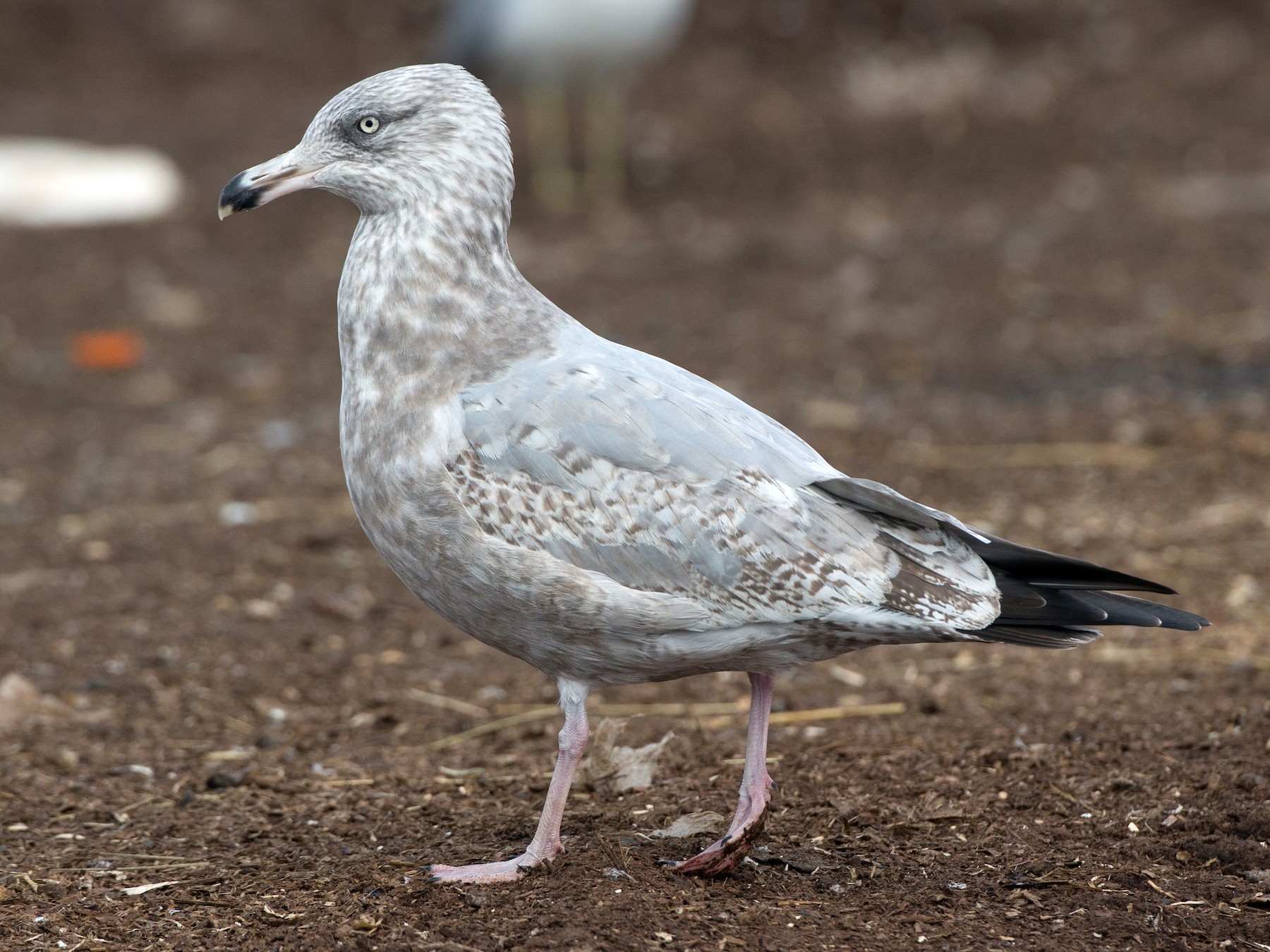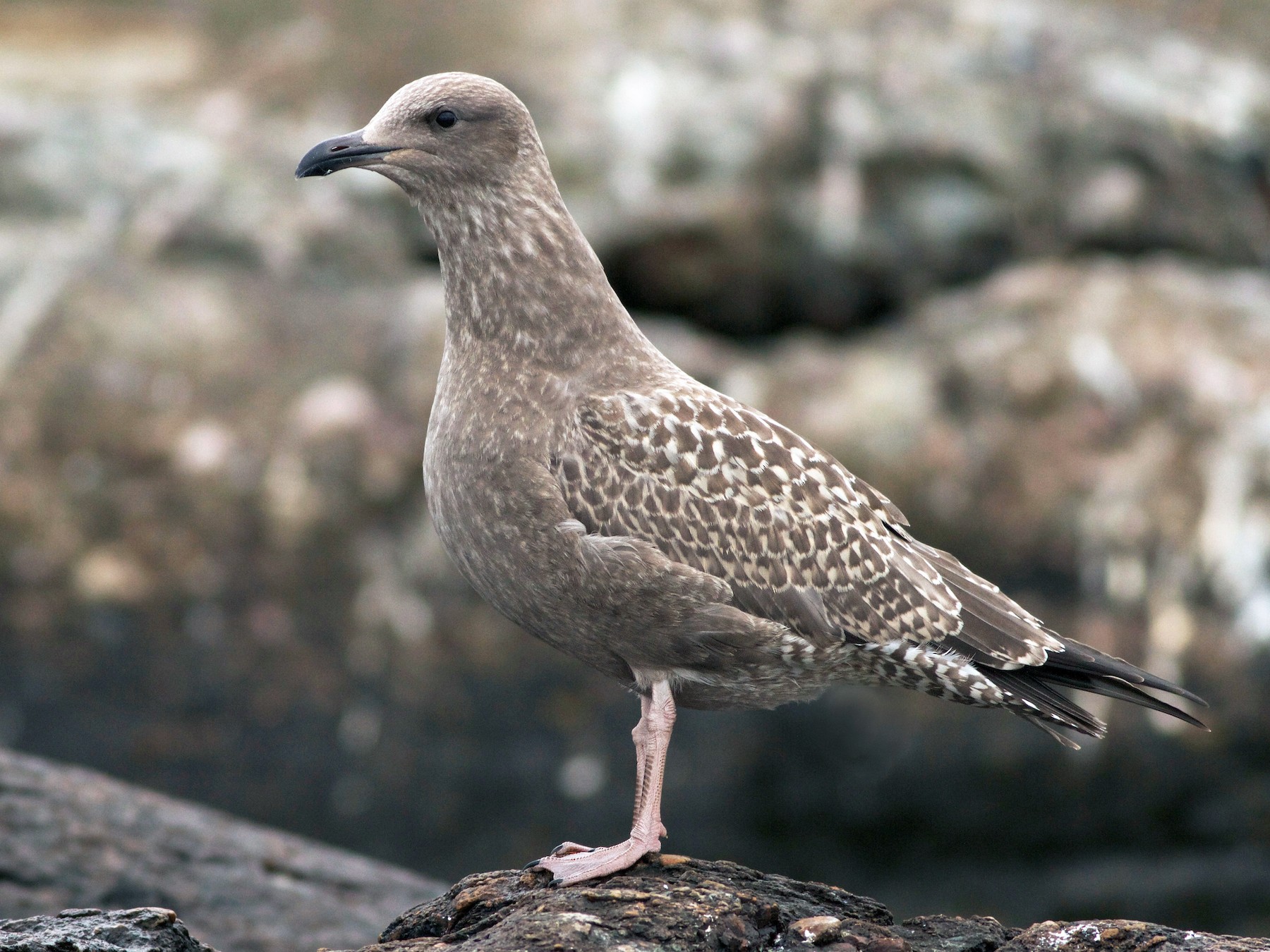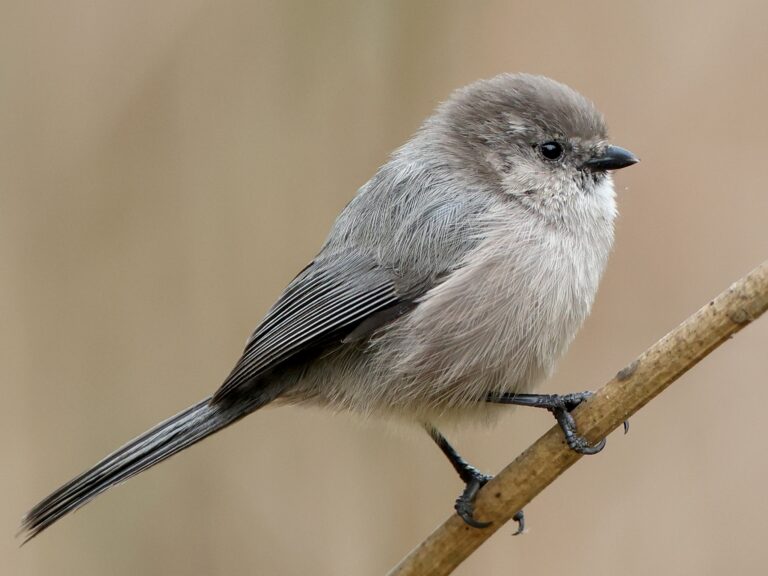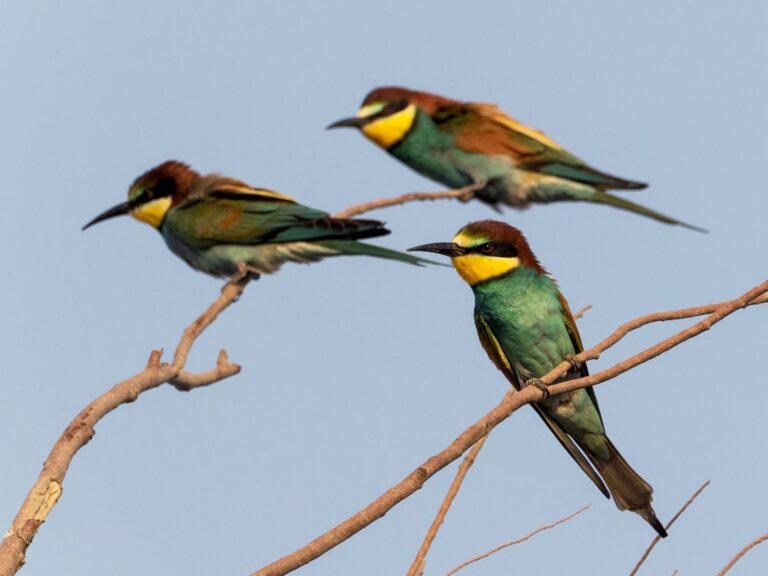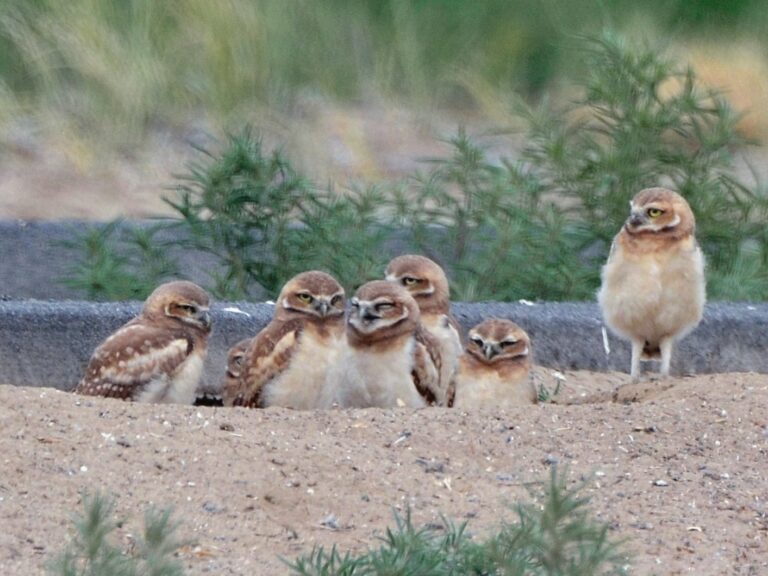American Herring Gull: The Versatile Seabird Dominating Coastal Waters
The American Herring Gull, or Larus smithsonianus if you want to get technical, is a familiar sight all over North America. Its gray wings and white body make it hard to miss, especially if you’re near the coast or hanging out by a big lake.
People have studied these gulls for years, uncovering all sorts of quirky facts about how they live and what they eat. You’ll often spot them scavenging near cities, which says a lot about how clever and flexible they are.
Key Takeaways
- The American Herring Gull stands out for its gray and white plumage.
- You’ll find it along coasts and big lakes throughout North America.
- Watching its behavior sheds light on how it fits into the ecosystem.
Taxonomy and Classification
The American Herring Gull belongs to the larger gull family. Its scientific classification helps us see how it relates to other gulls, like the European Herring Gull and a handful of hybrids.
Scientific Naming and Subspecies
Scientists call it Larus smithsonianus, which sets it apart from gulls like the European Herring Gull (Larus argentatus). There aren’t any officially recognized subspecies under L. smithsonianus, so that’s pretty straightforward.
Researchers have dug into its genetics and found some overlap with L. argentatus, but the American Herring Gull stands on its own. It adapts well to all kinds of places, which speaks to how it’s carved out its own niche.
Comparison with European Herring Gull
The European Herring Gull (Larus argentatus) looks a lot like its American cousin. Both are big, mostly gray and white, and share similar habits.
But if you look closer, the American Herring Gull is usually a bit bigger and sounds different. Its wings tend to be darker, and the two species split in how and where they breed. It’s the little details that set them apart.
Similar and Hybrid Gull Species
Other gulls, like the Ring-billed Gull (Larus delawarensis) and the Glaucous Gull (Larus hyperboreus), can look similar. The Yellow-legged Gull (Larus michahellis) shares some traits too, but it sticks to Europe.
Sometimes, these gulls interbreed, and hybrids pop up with all sorts of odd features. If you’ve ever tried to ID a gull and felt stumped, hybrids might be why. Studying these mixes helps untangle the family tree among gulls.
Physical Description and Identification
The American Herring Gull is a big bird with some pretty recognizable features. Birdwatchers, even the casual ones, usually spot them right away.
Key Identification Features
They’re chunky, with a strong bill and a body that measures about 23 to 26 inches long. The wingspan? It stretches out to 54-60 inches. That pale gray back and white head stand out, and you can’t miss the black markings on the wings.
The primary feathers show off a black band, and adults usually have a white “mirror” patch on the wings—photographers love catching that. Their legs are pale yellow or sometimes greenish, which adds to their look.
Plumage and Markings
Adults have the classic gray wings and white body, with black tips on the wings and a solid black band across the primaries. Young birds, though, look messy—brown and gray, all mottled up until they start getting their grown-up feathers.
As they age, their colors shift, and you’ll notice the gray “tongue” on the wings and dark tertials with pale edges. Even the time of year can change how they look, which keeps things interesting for birders.
Age-Related Differences
Age makes a big difference in how these gulls look. Chicks start out with brown patterns that help them blend in. Young gulls keep that streaky look for a few years, with lots of head streaking and color variation.
By year three, most are well on their way to the adult gray back. The change happens slowly, so photos help a lot with ID. Adults show off sharper markings, while younger birds look a bit scruffier.
Distribution and Habitat
You’ll find American Herring Gulls all over North America and even in parts of Eurasia. They set up breeding colonies near water—no surprise there.
Geographic Range
They breed in coastal spots and all across North America, from Alaska down to the Great Lakes and Newfoundland. In winter, they head south, showing up along the U.S. coasts and into Mexico.
Some flocks even make it to Europe and Asia. Their knack for adapting means they can handle all sorts of places, from the Atlantic to the Pacific.
Preferred Habitats
These gulls like being close to food and safe nesting spots. You’ll see them along coasts, estuaries, and big lakes. Urban areas work for them too—they’re not picky if there’s food around.
Nesting colonies usually pop up on islands or remote shores, where predators have a harder time getting to them.
They eat mostly marine invertebrates and fish, so coastal areas are essential for their survival. Their ability to make the best of different habitats really explains their wide range. If you’re curious, there’s a study on the distribution and abundance of nesting pairs that goes deeper.
Behavior and Ecology
American Herring Gulls have some pretty interesting behaviors. The way they eat, breed, and interact says a lot about their place in the ecosystem.
Feeding Habits and Diet
These gulls eat just about anything—fish, invertebrates, and whatever leftovers they can find. They’re opportunists and will scavenge around beaches, docks, or city streets. That flexibility helps them thrive, especially near people.
During breeding season, they go for more protein-rich foods to help their chicks grow. Adult gulls show their young what’s safe to eat, which boosts the chicks’ odds. Foraging in groups makes things safer and more efficient, too.
Breeding Biology
They breed in colonies, usually on islands or cliffs. Their nests are made from grasses and whatever else is handy, often close together for safety. Females lay two to four eggs, and both parents take turns incubating them.
Incubation lasts about 28 days. Once the chicks hatch, they’re pretty independent and can leave the nest soon after. Still, they depend on their parents for food and protection until they’re ready to go it alone.
Social Structure and Communication
American Herring Gulls form strong pair bonds and communicate a lot. Their calls and squawks mean different things—sometimes it’s a warning, sometimes it’s about territory.
They use body language, too, to keep the peace or show aggression. Defending nests can get pretty intense, but they also work together when foraging or raising chicks. It’s a mix of competition and teamwork.
If you want to dig deeper into their habits, check out studies on their feeding habits and breeding biology.
Notable Records and Field Studies
Researchers and birders have spent a lot of time watching American Herring Gulls. Their work has helped us understand how these gulls live, move, and eat.
Significant Observers and Research
People like Bruce McTavish and Peter Adriaens have really shaped what we know about these birds. McTavish’s notes from Michigan colonies gave us a window into their breeding and migration patterns.
Adriaens has focused on behavior and how gulls interact with their environment. Studies show these gulls can travel long distances and adapt to new situations pretty easily.
Photographic Evidence and Resources
Photos are a big deal for tracking American Herring Gulls. They help spot differences in plumage and behavior, and birders love sharing their finds online.
Websites like the Cornell Lab of Ornithology and Bird Watcher’s Digest have huge photo galleries. These images, from amateurs and pros alike, make learning about herring gulls a lot more hands-on. Field guides and educational materials really benefit from all those great photos.
Frequently Asked Questions
Here’s a quick dive into some of the questions people ask about the American Herring Gull. We’ll cover their calls, size, what sets males and females apart, what juveniles look like, where they hang out, and how they migrate.
How does the call of an American Herring Gull differ from other gull species?
The American Herring Gull lets out a call that’s hard to miss—loud, rough, and a bit grating, honestly. Other gulls tend to sound softer or sometimes even squeakier.
These gulls use their voices to talk to each other, especially when it’s breeding season and things get a little competitive.
What is the typical size range for an American Herring Gull?
They’re big birds, no doubt about it. Most measure somewhere between 24 and 26 inches long, from beak to tail.
And if you see one spread its wings, you’ll notice the span can hit 60 inches. That’s pretty impressive for a gull in North America.
How can one differentiate between a male and female American Herring Gull?
Honestly, telling males from females isn’t easy just by looking. They pretty much look the same and are close in size.
If you really want to spot the difference, you have to watch how they act—especially when it’s breeding time. Males get a bit showy with their courtship displays and tend to guard their nests more aggressively.
What characteristics distinguish juvenile American Herring Gulls from adults?
Young Herring Gulls don’t look like the adults at all. Juveniles show off a messy mix of brown and white feathers, which actually helps them blend in better.
It takes them up to four years to grow into that classic gray and white adult look. You’ll notice them changing a little each year as they get older.
What habitats are preferred by the American Herring Gull?
These gulls love coastal spots—think beaches, estuaries, and, yes, even dumpsters if there’s food around. They’re not picky.
They’ll also show up at lakes and rivers inland, especially when it’s time to nest. Islands make great nesting sites for them during breeding season.
What are the migratory patterns of American Herring Gulls?
American Herring Gulls don’t all migrate, which is kind of interesting. Some head south to the U.S. Gulf Coast or even Mexico when winter hits.
Others just stick it out up north. They usually breed in colder spots, but honestly, their travel habits change a lot depending on what’s happening locally.
